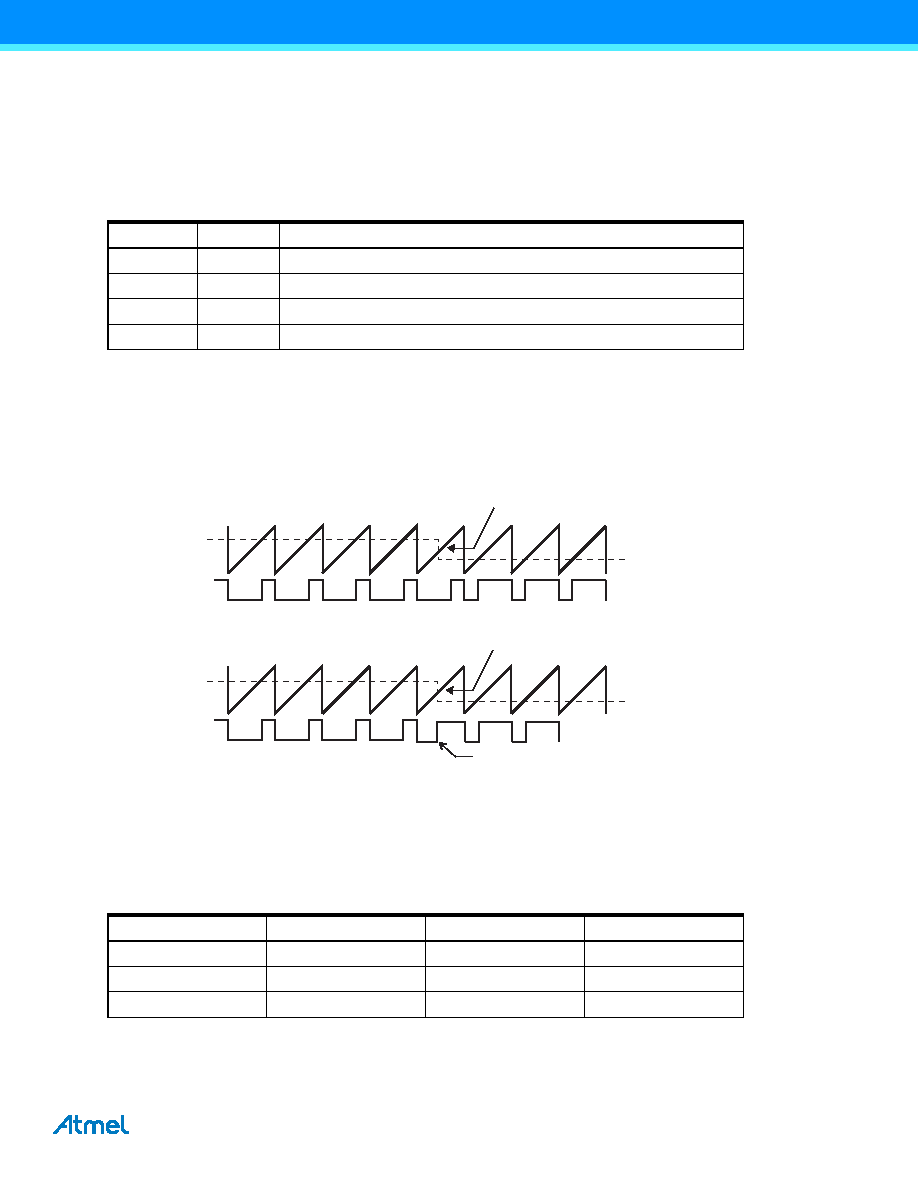- 您現(xiàn)在的位置:買賣IC網(wǎng) > PDF目錄45386 > MD83C154XXX-16P883D (TEMIC SEMICONDUCTORS) 8-BIT, MROM, 16 MHz, MICROCONTROLLER, CDIP40 PDF資料下載
參數(shù)資料
| 型號(hào): | MD83C154XXX-16P883D |
| 廠商: | TEMIC SEMICONDUCTORS |
| 元件分類: | 微控制器/微處理器 |
| 英文描述: | 8-BIT, MROM, 16 MHz, MICROCONTROLLER, CDIP40 |
| 文件頁數(shù): | 231/232頁 |
| 文件大小: | 61013K |
| 代理商: | MD83C154XXX-16P883D |
第1頁第2頁第3頁第4頁第5頁第6頁第7頁第8頁第9頁第10頁第11頁第12頁第13頁第14頁第15頁第16頁第17頁第18頁第19頁第20頁第21頁第22頁第23頁第24頁第25頁第26頁第27頁第28頁第29頁第30頁第31頁第32頁第33頁第34頁第35頁第36頁第37頁第38頁第39頁第40頁第41頁第42頁第43頁第44頁第45頁第46頁第47頁第48頁第49頁第50頁第51頁第52頁第53頁第54頁第55頁第56頁第57頁第58頁第59頁第60頁第61頁第62頁第63頁第64頁第65頁第66頁第67頁第68頁第69頁第70頁第71頁第72頁第73頁第74頁第75頁第76頁第77頁第78頁第79頁第80頁第81頁第82頁第83頁第84頁第85頁第86頁第87頁第88頁第89頁第90頁第91頁第92頁第93頁第94頁第95頁第96頁第97頁第98頁第99頁第100頁第101頁第102頁第103頁第104頁第105頁第106頁第107頁第108頁第109頁第110頁第111頁第112頁第113頁第114頁第115頁第116頁第117頁第118頁第119頁第120頁第121頁第122頁第123頁第124頁第125頁第126頁第127頁第128頁第129頁第130頁第131頁第132頁第133頁第134頁第135頁第136頁第137頁第138頁第139頁第140頁第141頁第142頁第143頁第144頁第145頁第146頁第147頁第148頁第149頁第150頁第151頁第152頁第153頁第154頁第155頁第156頁第157頁第158頁第159頁第160頁第161頁第162頁第163頁第164頁第165頁第166頁第167頁第168頁第169頁第170頁第171頁第172頁第173頁第174頁第175頁第176頁第177頁第178頁第179頁第180頁第181頁第182頁第183頁第184頁第185頁第186頁第187頁第188頁第189頁第190頁第191頁第192頁第193頁第194頁第195頁第196頁第197頁第198頁第199頁第200頁第201頁第202頁第203頁第204頁第205頁第206頁第207頁第208頁第209頁第210頁第211頁第212頁第213頁第214頁第215頁第216頁第217頁第218頁第219頁第220頁第221頁第222頁第223頁第224頁第225頁第226頁第227頁第228頁第229頁第230頁當(dāng)前第231頁第232頁

98
ATtiny25/45/85 [DATASHEET]
2586Q–AVR–08/2013
When the counter value match the content of OCR1A, the OC1A and output is set or cleared according to the
COM1A1/COM1A0 bits in the Timer/Counter1 Control Register A - TCCR1, as shown in Table 13-1.
Timer/Counter1 acts as an up-counter, counting from $00 up to the value specified in the output compare register
OCR1C, and starting from $00 up again. A compare match with OCR1C will set an overflow interrupt flag (TOV1)
after a synchronization delay following the compare event.
Note that in PWM mode, writing to the Output Compare Register OCR1A, the data value is first transferred to a
temporary location. The value is latched into OCR1A when the Timer/Counter reaches OCR1C. This prevents the
occurrence of odd-length PWM pulses (glitches) in the event of an unsynchronized OCR1A. See Figure 13-4 for an
e xample.
Figure 13-4. Effects of Unsynchronized OCR Latching
During the time between the write and the latch operation, a read from OCR1A will read the contents of the tempo-
rary location. This means that the most recently written value always will read out of OCR1A.
When OCR1A contains $00 or the top value, as specified in OCR1C register, the output PB1(OC1A) is held low or
high according to the settings of COM1A1/COM1A0. This is shown in Table 13-2.
Table 13-1.
Compare Mode Select in PWM Mode
COM1A1
COM1A0
Effect on Output Compare Pin
0
OC1A not connected.
0
1
OC1A not connected.
1
0
OC1A cleared on compare match. Set when TCNT1 = $00.
1
OC1A set on compare match. Cleared when TCNT1 = $00.
Table 13-2.
PWM Outputs OCR1A = $00 or OCR1C
COM1A1
COM1A0
OCR1A
Output OC1A
01
$00
L
0
1
OCR1C
H
10
$00
L
PWM Output OC1A
Unsynchronized OC1A Latch
Synchronized OC1A Latch
Counter Value
Compare Value
Counter Value
Compare Value
Compare Value changes
Glitch
Compare Value changes
相關(guān)PDF資料 |
PDF描述 |
|---|---|
| MR80C154-L16/883 | 8-BIT, 16 MHz, MICROCONTROLLER, CQCC44 |
| MR83C154TXXX-16/883 | 8-BIT, MROM, 16 MHz, MICROCONTROLLER, CQCC44 |
| MR83C154TXXX-20/883 | 8-BIT, MROM, 20 MHz, MICROCONTROLLER, CQCC44 |
| MR80C154-25P883 | 8-BIT, 25 MHz, MICROCONTROLLER, CQCC44 |
| MR83C154DXXX-12P883D | 8-BIT, MROM, 12 MHz, MICROCONTROLLER, CQCC44 |
相關(guān)代理商/技術(shù)參數(shù) |
參數(shù)描述 |
|---|---|
| MD8412B | 制造商:未知廠家 制造商全稱:未知廠家 功能描述:LINK(IEEE 1394) |
| MD8451H-8/B | 制造商:undefined 功能描述: |
| MD845A-R2 | 制造商:Black Box Corporation 功能描述:MODEM 202 |
| MD845A-R2-W1 | 制造商:Black Box Corporation 功能描述:1 YEAR WARRANTY FOR MD845A-R2 |
| MD845A-R2-W3 | 制造商:Black Box Corporation 功能描述:3 YEAR WARRANTY FOR MD845A-R2 |
發(fā)布緊急采購,3分鐘左右您將得到回復(fù)。